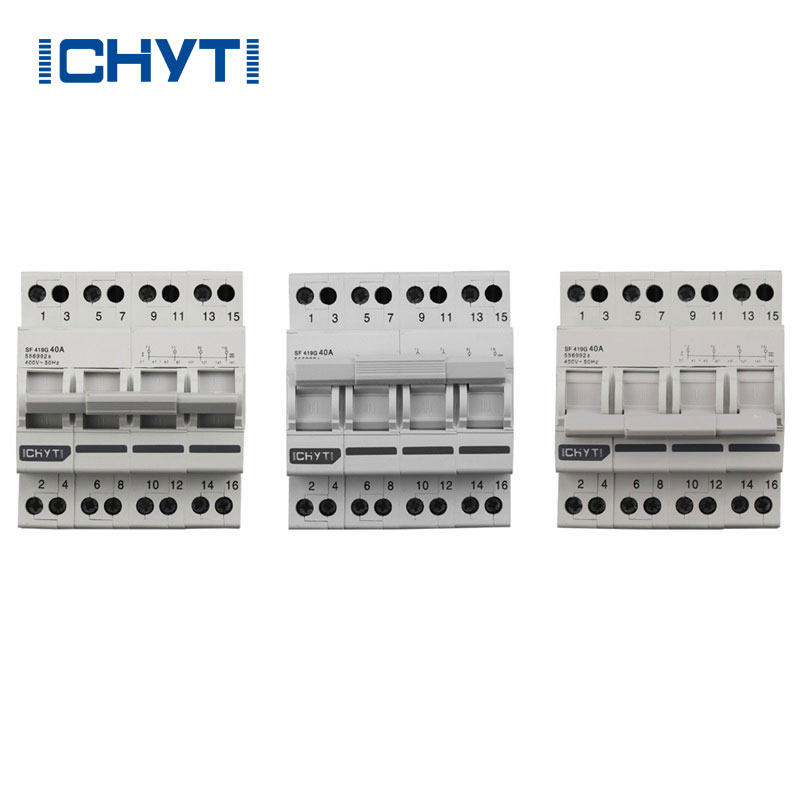Functions of transfer switches
2023-10-16
A transfer switch is an electrical device that plays a critical role in safely and efficiently transferring electrical power between two sources, typically between a primary power source (often the utility grid) and an alternate or backup power source (such as a generator or an uninterruptible power supply - UPS). Transfer switches are commonly used in residential, commercial, and industrial settings to ensure a reliable power supply in the event of power outages or maintenance.
Here are key features and functions of transfer switches:
1. Automatic vs. Manual Operation:
- Automatic Transfer Switch (ATS): An ATS is designed to automatically detect a power outage on the primary source and switch to the backup source without manual intervention. When utility power is restored, it will switch back to the utility source automatically.
- Manual Transfer Switch: A manual transfer switch requires manual operation to switch between power sources. Users need to physically select the power source (utility or backup) using a switch or lever.
2. Safety and Isolation:
- Transfer switches provide a clear and safe separation between the utility power source and the backup power source. This isolation prevents backfeeding, which can be dangerous to utility workers and equipment.
3. Load Management:
- Transfer switches are available in various capacities to accommodate different electrical loads. They can be installed to manage power distribution to critical circuits, entire buildings, or specific equipment.
4. Installation Location:
- Transfer switches can be installed indoors or outdoors, depending on the specific requirements and environmental conditions.
5. Types of Transfer Switches:
- Open Transition: This type of transfer switch momentarily disconnects the load from the primary source before connecting it to the backup source. It's suitable for most applications but may cause momentary interruptions during the transfer.
- Closed Transition (Soft Load Transfer): Closed-transition transfer switches synchronize the two power sources before transferring the load. This minimizes the potential for power interruptions during transfer, making it suitable for sensitive equipment.
- Bypass Isolation Switch: This advanced type allows for maintenance and servicing of the transfer switch without interrupting power to the load. It includes a bypass circuit to temporarily power the load while the switch is being worked on.
6. Control and Monitoring:
- Some transfer switches come with control panels that allow users to monitor the status of both power sources and initiate transfers manually if necessary. They may also offer remote monitoring and control options.
7. Compliance: Transfer switches must comply with electrical codes and standards to ensure safe and reliable operation.
Transfer switches are an essential component of backup power systems, ensuring seamless and safe transitions between power sources when the primary source fails or requires maintenance. They provide continuity of electrical service in critical applications such as hospitals, data centers, emergency response facilities, and residential backup power systems. Proper installation, maintenance, and testing are crucial to ensure the reliable operation of transfer switches when needed.



